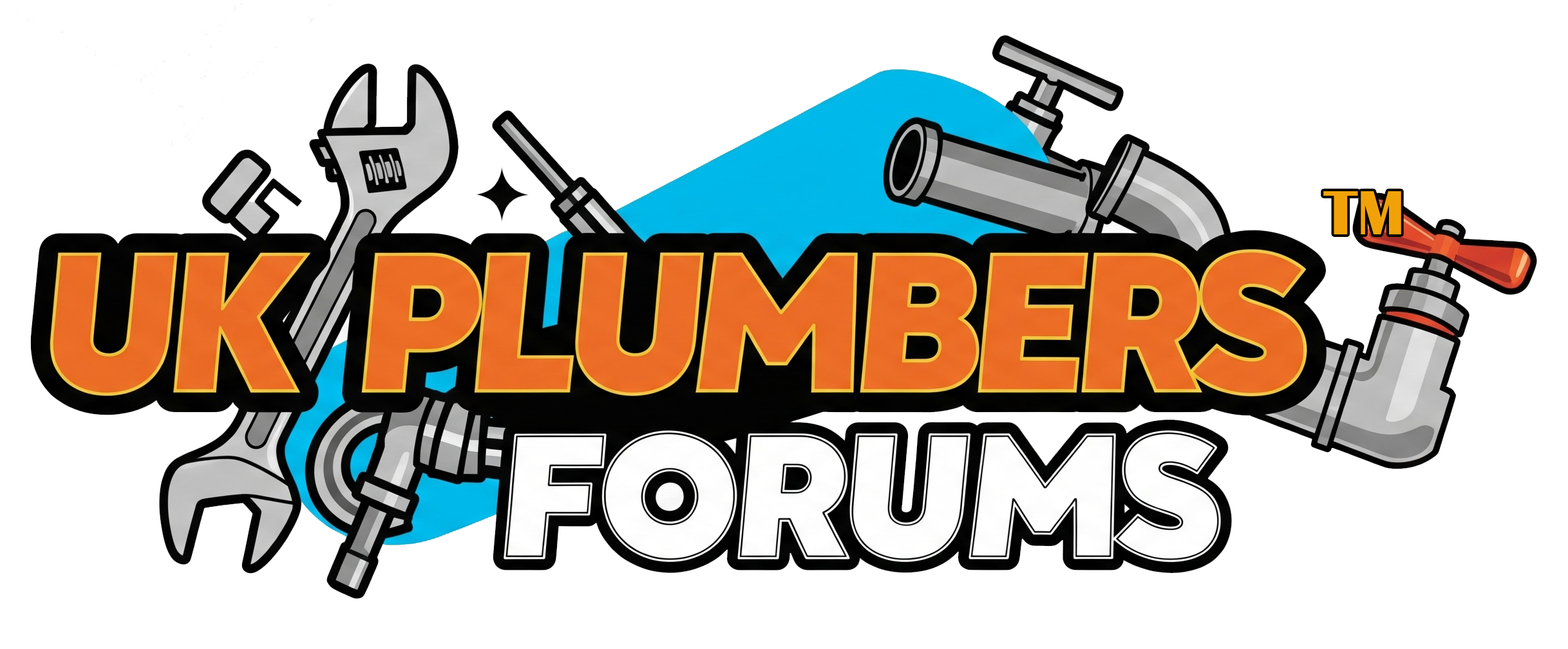O
osh
First post on this forum and not a plumber by trade so apologies for the long ramble. I have a little technical knowledge so have a general understanding of CH sytems and can undertake basic maintentance on my own.
In Jan 2010 I had my old CH/hot water completely overhauled. I have a Vaillant Ecotek system boiler (on the 2nd floor) with a Heatrae Sadia Megaflo unvented mains fed indirect heated tank (on the first floor). The existing heating pipework for the ground and first floor was hardly touched (save for two new radiators installed on the ground floor), and seems to be in good condition throughout. At the same time we fitted a heated towel rail in the 2nd floor bathroom and Thermaskirt heating in the 2nd floor bedroom.
Last winter the automatic bypass Valve (Tower brand) failed. This was replaced with a different brand and at the same time an automatic air release valve was installed in the pipework near to the boiler.
Recently I have noticed that the CH system is losing water, noticeable in the towel rail as it is the highest radiator. I have bled it, and three weeks later it's at the same level. The most obvious answer is a leak in CH pipework, but I was hoping that there might be an alternative reason what could be causing it.
What I find strange is why the air in the system doesn't bleed out of the ARV, causing the system pressure to drop. Also, can anyone tell me what setting the ABV should be set to? At the moment it's at the lowest setting.
In Jan 2010 I had my old CH/hot water completely overhauled. I have a Vaillant Ecotek system boiler (on the 2nd floor) with a Heatrae Sadia Megaflo unvented mains fed indirect heated tank (on the first floor). The existing heating pipework for the ground and first floor was hardly touched (save for two new radiators installed on the ground floor), and seems to be in good condition throughout. At the same time we fitted a heated towel rail in the 2nd floor bathroom and Thermaskirt heating in the 2nd floor bedroom.
Last winter the automatic bypass Valve (Tower brand) failed. This was replaced with a different brand and at the same time an automatic air release valve was installed in the pipework near to the boiler.
Recently I have noticed that the CH system is losing water, noticeable in the towel rail as it is the highest radiator. I have bled it, and three weeks later it's at the same level. The most obvious answer is a leak in CH pipework, but I was hoping that there might be an alternative reason what could be causing it.
What I find strange is why the air in the system doesn't bleed out of the ARV, causing the system pressure to drop. Also, can anyone tell me what setting the ABV should be set to? At the moment it's at the lowest setting.


